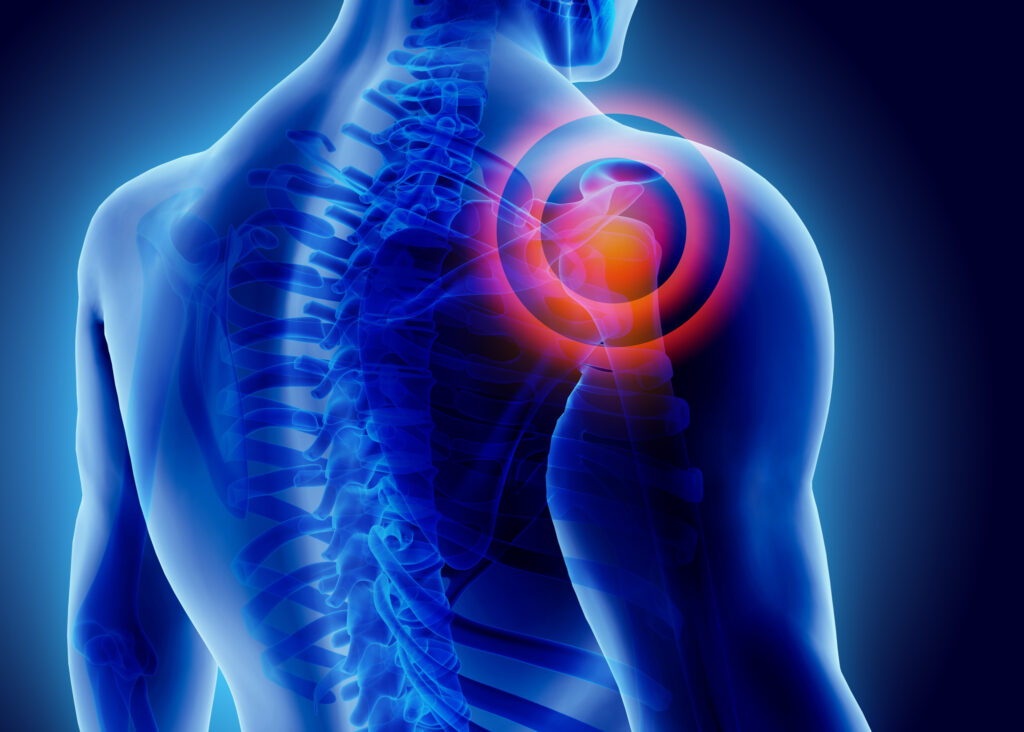Massive rotator cuff defects are a significant source of shoulder pain and functional impairment, greatly affecting patients’ quality of life. Traditional treatments for these defects typically involve complete or partial repair, often supplemented with patch augmentation. However, the inherent limitations of tendon regeneration pose a considerable challenge, as the risk of retear after surgical intervention remains high. This underscores the critical need for innovative therapies aimed at promoting tendon regeneration to effectively address massive rotator cuff defects.
Recent research led by Youguo Liao, Hengzhi Liu, Jiayun Huang, Zetao Wang, Tao Zhang, Xiangjun Hu, Qiulin He, Zichen Wang, Yang Fei, Yuxiang Zhang, Fangyuan Cai, Dengfeng Ruan, Hong Zhang, Luyong Jiang, Zi Yin, Hongwei Ouyang, Xiao Chen, and Weiliang Shen, delves into potential solutions for this pressing medical issue. The collective expertise of these authors from the Dr. Li Dak Sum-Yip Yio Chin Center for Stem Cells and Regenerative Medicine, the Institute of Sports Medicine, and various orthopedic research institutes in Zhejiang, China, highlights the collaborative effort to explore new avenues for enhancing tendon repair and regeneration.
The limitations of current treatment methods call for a detailed understanding of the pathological mechanisms involved in tendon injuries. By investigating novel biological and biomaterial strategies, researchers aim to develop more effective therapeutic options. This could include the use of stem cells, growth factors, and innovative scaffold materials designed to support tendon regeneration and reduce the likelihood of retear.
The implications of successful tendon regeneration extend beyond the individual patient, potentially reducing healthcare costs associated with repeat surgeries and physical therapy. Moreover, improved treatment outcomes could lead to enhanced quality of life for countless individuals suffering from rotator cuff injuries.
As this research unfolds, it brings hope for more effective interventions for those affected by massive rotator cuff defects. The contributions of Liao, Liu, Huang, Wang, Zhang, Hu, He, Wang, Fei, Zhang, Cai, Ruan, Zhang, Jiang, Yin, Ouyang, Chen, and Shen lay a foundational stone for future studies aimed at revolutionizing the treatment landscape for shoulder injuries. Their collaborative efforts are a testament to the importance of interdisciplinary research in tackling complex medical challenges and improving patient care.
This ongoing exploration in the field of orthopedic medicine is crucial and may pave the way for groundbreaking therapies that not only enhance tendon healing but also restore functionality and improve the overall quality of life for patients worldwide.


